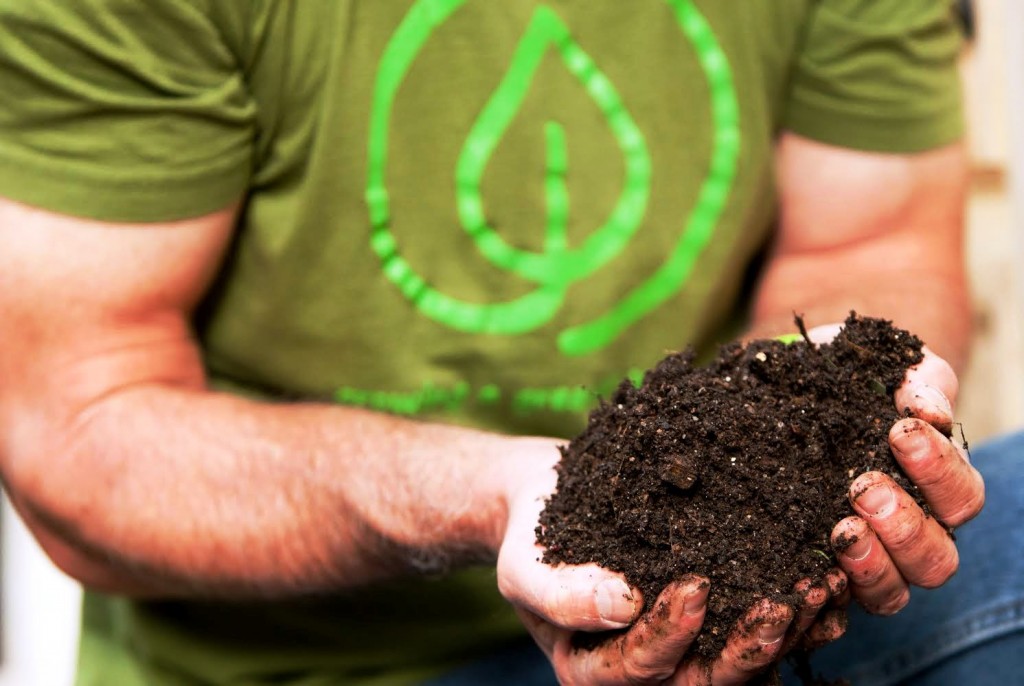
“I’m telling you, I have full heads of broccoli and cabbage only seven weeks from seedlings in a six-pack—huge!” Joe Lamp’l is pleased. In a phone interview, the executive producer and host of the TV show “Growing a Greener World” is sharing with me the delight all gardeners feel about a horticultural achievement.
The secret to his success lies unseen around the plants’ roots. Those broccoli and cabbages are growing in a soil rich with living organisms. And that makes Joe’s job easier. “Every plant wants to have a full and productive life, with vigor and resistance to predators and disease,” he says. The tiny critters underfoot are a key component.
Fungi, bacteria, protozoa, and nematodes are some of the denizens that make up soil biota. Plants’ roots attract and feed these microorganisms. They in turn form elegant and complicated relationships with the plants, transforming soil ingredients into exactly what is needed for growth.
These hidden heroes also change soil structure, binding together particulates into larger matter that retains water better and allows more air to get to the roots. (For a complete picture, check out Teaming with Microbes, the book by Jeff Lowenfels and Wayne Lewis.)
Want more productive soil? Add organic matter, Joe says. He likens the process to maintaining a bank account. “You have to make deposits. If all you did was withdraw, you’d be broke. It’s the same with soil.”
Joe’s favored amendment is compost but he says you don’t need a lot. “It’s really wasteful to dig it more than six inches down, because the plant roots are at the top.” Spring and fall, he scratches in an inch or so around permanent plantings and adds compost to fallow vegetable beds, along with ground bark and granite dust. He also plants warm and cool season cover crops for additional organic matter.
Mulch is the other soil builder Joe would never be without. “It reduces erosion from the rain and wind,” he says, “It’s really composting in place because eventually it breaks down into what the soil needs.”
For greenhouse growing, he tells me, “You can still put the biology in the pots.” Now bagged soil mixes often contain microorganisms suitable for all plants. And that also means a jump-start for your vegetables. Joe’s successful broccoli and cabbage crop got the best beginning. “Those six-pack plants were in starter soil inoculated with biota.”
So let the banking begin.


